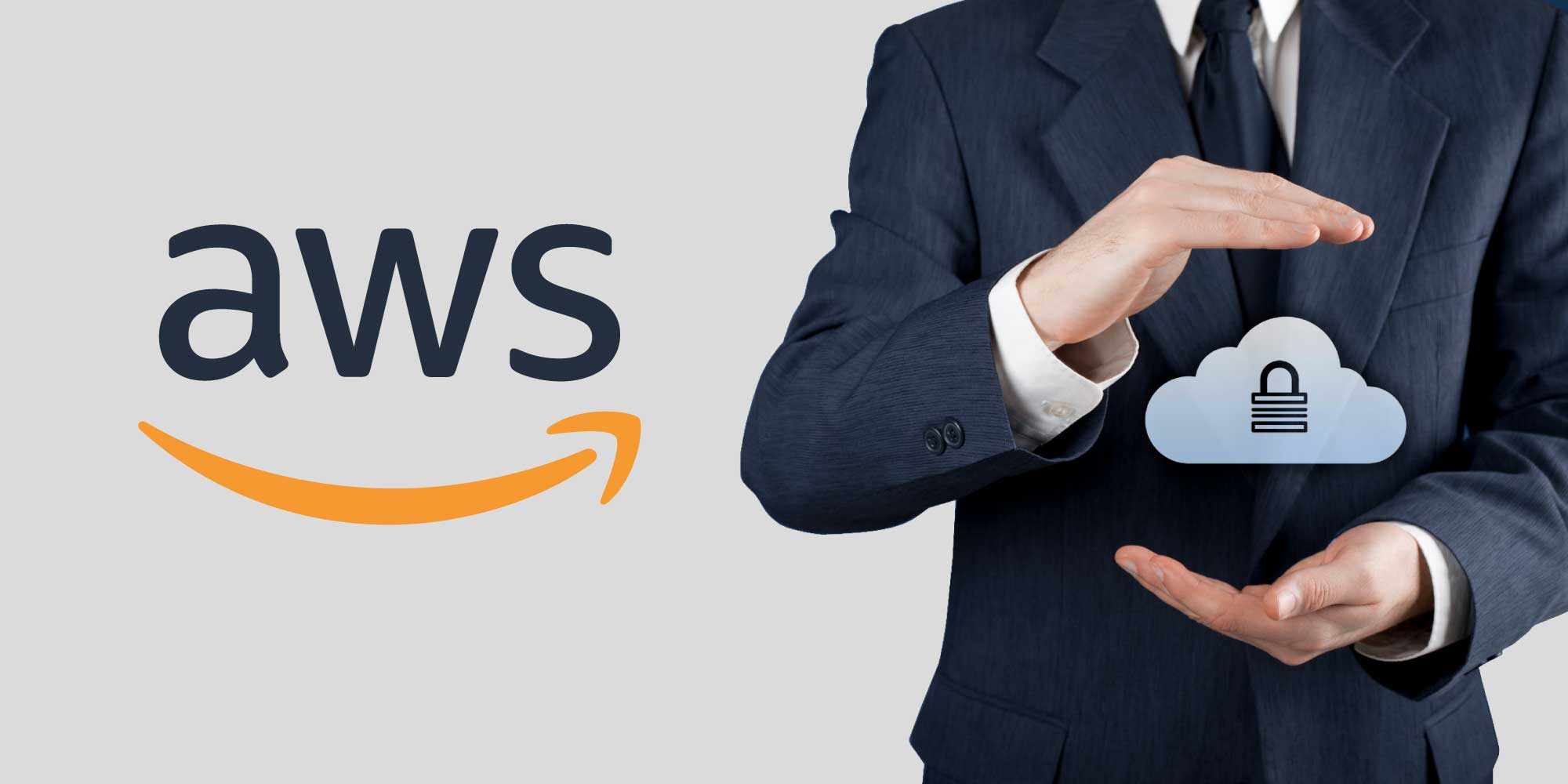As more organizations of all sizes migrate software and workloads to the public cloud, it is important to consider the protection issues of the cloud in general and of AWS in particular. There are a lot of benefits associated with utilizing the AWS network as a cloud service, either on its own or as part of a hybrid or multi-platform framework. The flexibility and simplicity of the AWS system as a platform and infrastructure should make it easier for the business network to be accessible, innovative, and ready for change.
There are special challenges in using AWS as a cloud server. Cloud protection may have seemed challenging, but excellent privacy and security are simple to enforce as long as you are conscious of the following mistakes and best practices. Amazon has many excellent security features at their disposal.
Let’s go through some of the best practices that will make you more secure in AWS:
- Safeguard your roots credentials and accounts: One of the biggest concerns in a cloud environment is to safeguard the logins and root credentials. If you are using weaker logins and credentials, a hacker can easily access or steal your data or run a malicious virus. Make sure your AWS account is secured. No one should have access to the accounts and roots—not even your admins.
- Restrictive firewall policies: A firewall is one of your basic lines of defence when it comes to AWS security. In the context of Amazon Web Services, a firewall is implemented outside of the instance and is controlled using your AWS capabilities. This ensures that you have a basic firewall policy in place even if the operating system instance has been hacked or compromised.
- Track your instances: As an element of your overall implementation plan for AWS, it’s crucial to run a powerful, nonstop monitoring operation. Monitoring each of your instances ensures you’re alerted to possible intrusions that have culminated in someone getting past your firewall.
- Encrypt confidential information: As we all know, every business runs on data, but when the IT community sees a data breach as a big threat, they face off. Business and users realized the benefits of moving their data to cloud storage. To name a few benefits of cloud storage with AWS: endless storage, easily scalable network, and data protection security.
- Multi-factor authentication: Security is the most important factor. It helps us to strengthen our passwords and uses multi-factor authentication, or MFA. Earlier, we touched on how valuable implementing the strong password procedure is.
But what is MFA and how does it work?
MFA is essentially the use of more than one authentication factor to verify who the user is. We all have bank accounts, so we’ll use that as an example. Banks make transactions across the globe by using mobile and internet banking. Account holders are given a physical keyboard and authentication of cards to generate a one time password that will provide access to personal or business accounts.
- Keep patches up-to-date: Most organizations fail to take advantage of one of the most important features of their security: the update. Make sure hosts are patched regularly and deploy any required hotfixes your OEM vendors issue. To do so, you can use third-party tools that will map the information from your host vulnerability feeds, like Amazon Inspector, to realize the cloud-specific context.
- Vulnerabilities assessments: It is important to know that you cannot perform network scans or penetration tests in your AWS infrastructure. However, the vulnerability assessment includes evaluating and prioritizing vulnerabilities in all areas of your system and to document all identifiable vulnerabilities that are essential to your AWS security. When you perform vulnerability assessments on your AWS instances, you will want to also perform network scanning. A network scan will check for vulnerabilities or open ports and log them should you require corrective action.
- Testing: When performing your first pen-test, you may be tempted to let your team and various security departments know exactly when the test is to occur. If everyone knows the precise time of the test, they will try and prepare earlier, so try and resist this! In an exceedingly real-world security breach, a visiting hacker is not giving your prior notice. After completion of your pen-test simulating your “hacker,” you might find some holes, but do not worry, this is the reason behind the pen-test. Being cautious about security risks is much better than being reactive when it is happening for real.
Summary
You should now have some idea about AWS best practices for alleviating security risks as well as a path for implementing these security measures in your business.
Your business deserves the best, and as a leading Cloud development company in the USA, CloudQ can help you get there.
Why break the bank with more expensive options that give you the same results?
Contact us for a consultation with our Cloud experts today

 Linkedin
Linkedin

